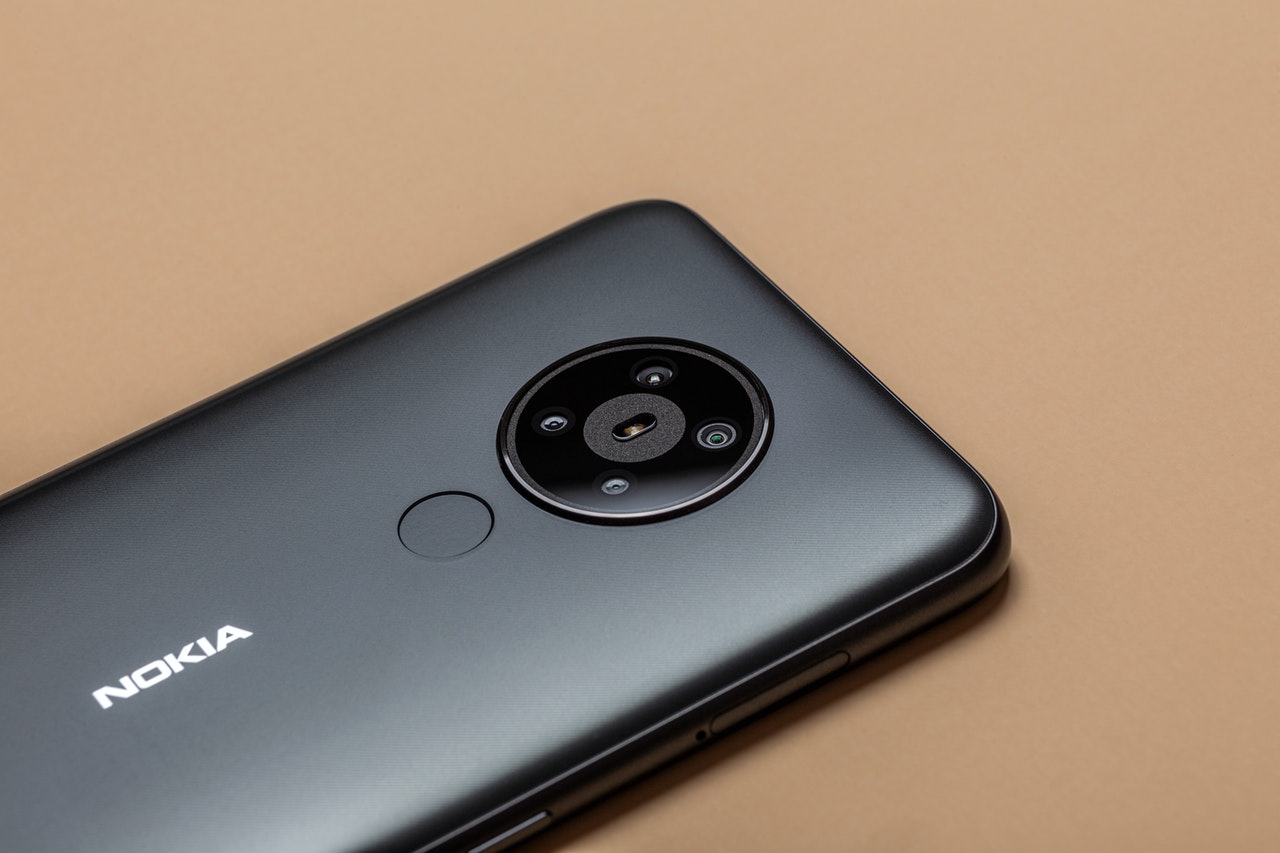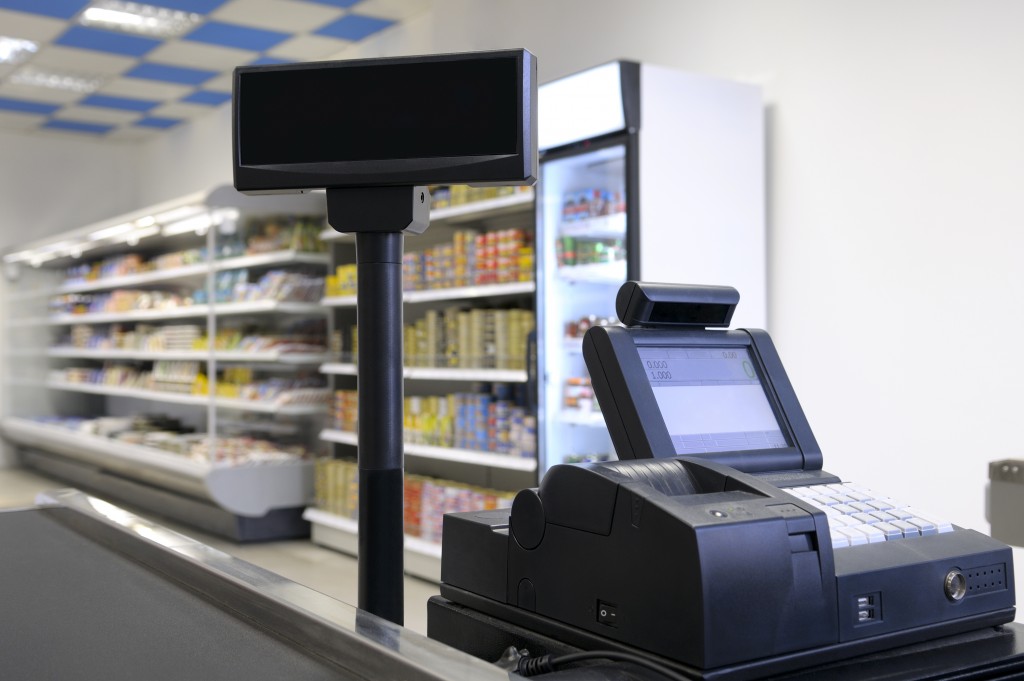You should do some serious research if you don’t understand how in business, there is a huge need to keep up with the times. No matter what field you are in, you should be flexible and ready to adapt to the fast-changing market. Innovation is an investment and it should be the soul of your business.
So right now, if you are in the water storage or buffer tank business, you can’t be using the same technology you used ten years ago. Surely, some other company will come up with a better model than yours. And naturally, more people would buy a tank that can store water at the same temperature for hours. Why would customers endure the number of times they need to reheat their water every day?
This is exactly what the founders of Canva, a digital design platform, held on to when they started in the business. They looked at a problem that needs solving, and they worked to offer a solution. As a result, it disrupted the whole design industry.
They saw that the difficulty to use design platforms such as Adobe was what stopped people from creating designs. It would take weeks to just familiarize yourself with what the tools are for and where they are located. Canva came in to address this exact problem. With hundreds of free and various themed templates, Canva became the go-to platform for students, educators, and professionals.
If you think you will be fine using the same business formula, look at these examples of missed opportunities and wrong timing.
Kodak
Did you know that in 1977, Kodak filed for a patent for one of the world’s first digital cameras? However, they put off releasing it to its customers because they were still making so much money on traditional films. In the 70s, Kodak was the biggest player in the photography field. Ever since its founding in the 1880s, it was able to come up with innovations that stood the test of time.
But right now, the question is, do you see any digital cameras from Kodak in the market? No. And it’s because they failed to ride the wave. Kodak knew that the world will eventually move to digital photography, however, because they were still making so much money, they put it off. They were ready but they missed the timing. By the time they decided to join in, they were already the last player in the game. In 2012, Kodak filed for bankruptcy.
Nokia
In the 1990s Nokia enjoyed 51% of the market share on mobile handsets. They continuously enjoyed this spot until the early 2000s. However, they got kicked out of the game when Apple released the first iPhone. Soon after, Google joined the game with Android as its weapon.
Despite the bigger weapons of its competitors, Nokia thought that its operating system Symbian will do just fine. After all, they were the leading mobile phone brand for years, That feat is hard to top. It decided to stick with it, and continue focusing on hardware. As the game intensified, more brands like Samsung, LG, and Motorola were already on the Android team, while IOS just kept getting stronger.

Ultimately, Nokia got kicked off from the game it used to be the world champion in. Nokia decided to come back to the game with Microsoft in its arsenal, but it barely made it to the ring. At the moment, Nokia just seems to just exist in people’s earliest experience with mobile phones.
Blockbuster
Blockbuster was the number one video rental company in the U.S. in the 1990s. They had thousands of stores all over the country. One of its policies is late fee charges. It just means that every day you run late on the supposed return date of a movie you rented, you will be charged a penalty. They earned so much from these fees.
At that time, Netflix was a mail-order rental service. And the game-changer was that Netflix didn’t charge late fees. If you are the customer, there is no doubt that you would choose Netflix over Blockbuster. But, it took Blockbuster 5 years to realize they should change their policy.
And then, Blockbuster had the opportunity to buy Netflix, but obviously, it didn’t. It decided to invest in another company which ultimately failed. Blockbuster thought it should continue to focus on its business model while Netflix sped off to become the biggest online streaming service. In 2010, Blockbuster filed for bankruptcy.
You could say most of this is a result of miscalculations and wrong timing. While there is exactly no way for Blockbuster to predict that Netflix would hit it off, it was a matter of research and observation. The same goes for Nokia and Kodak.

